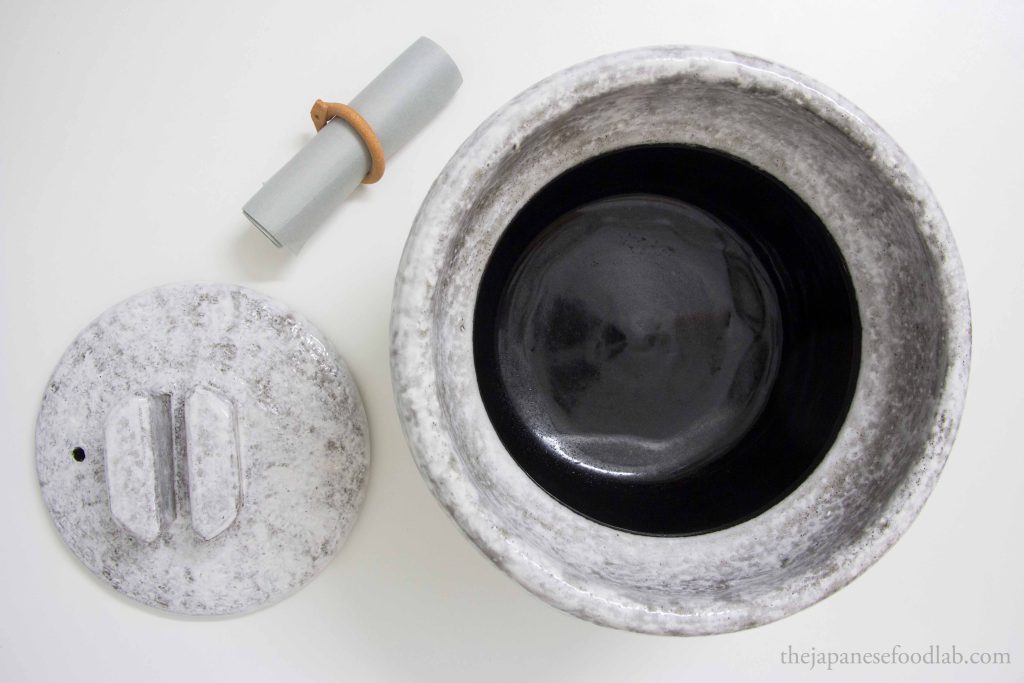Discover the art of Japanese donabe, a traditional clay pot central to meticulous cooking rituals and perfect rice preparation
Click on the images below to find out more about each producer:
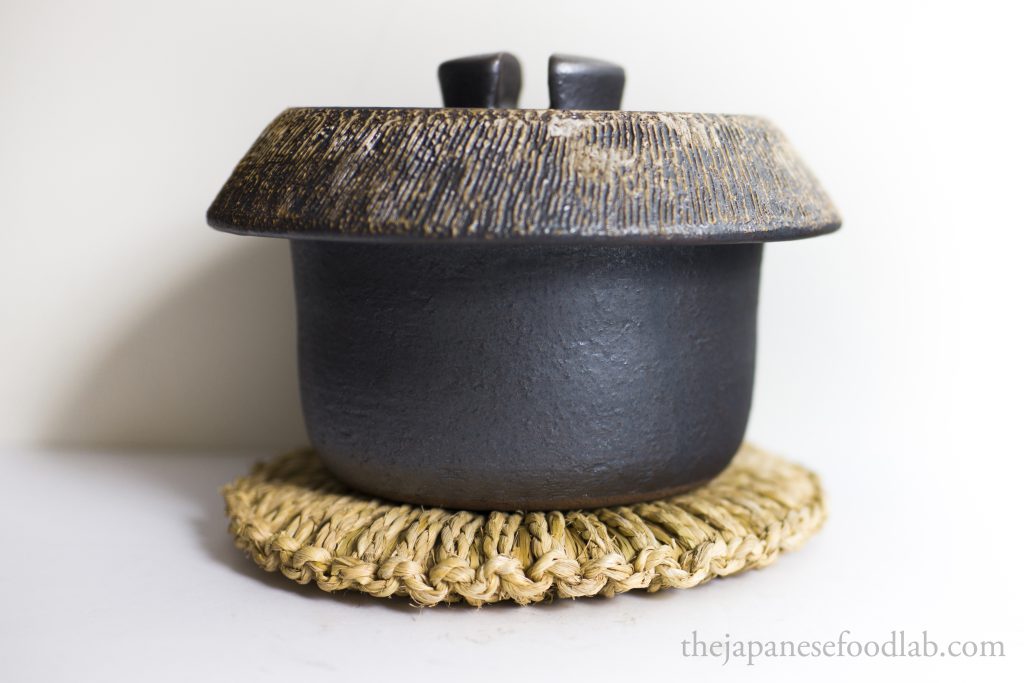
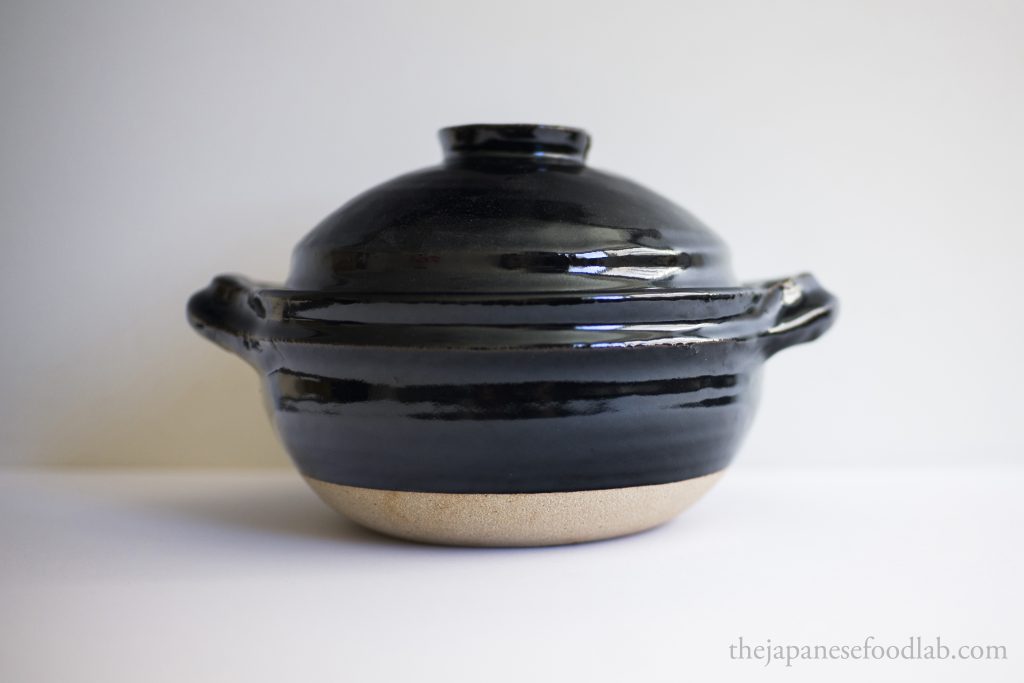
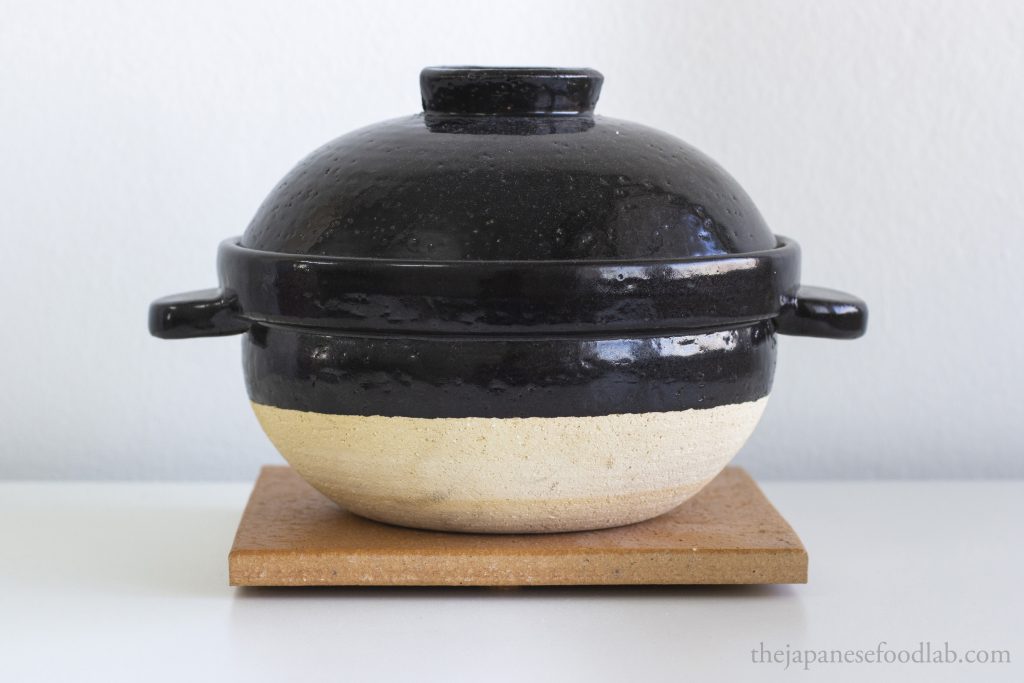
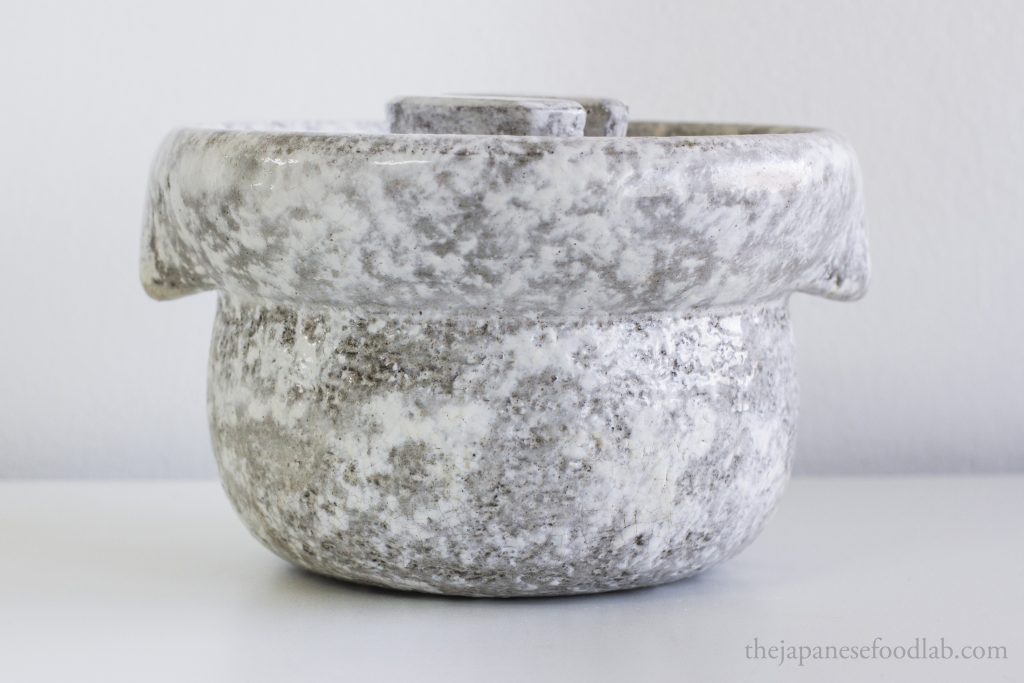
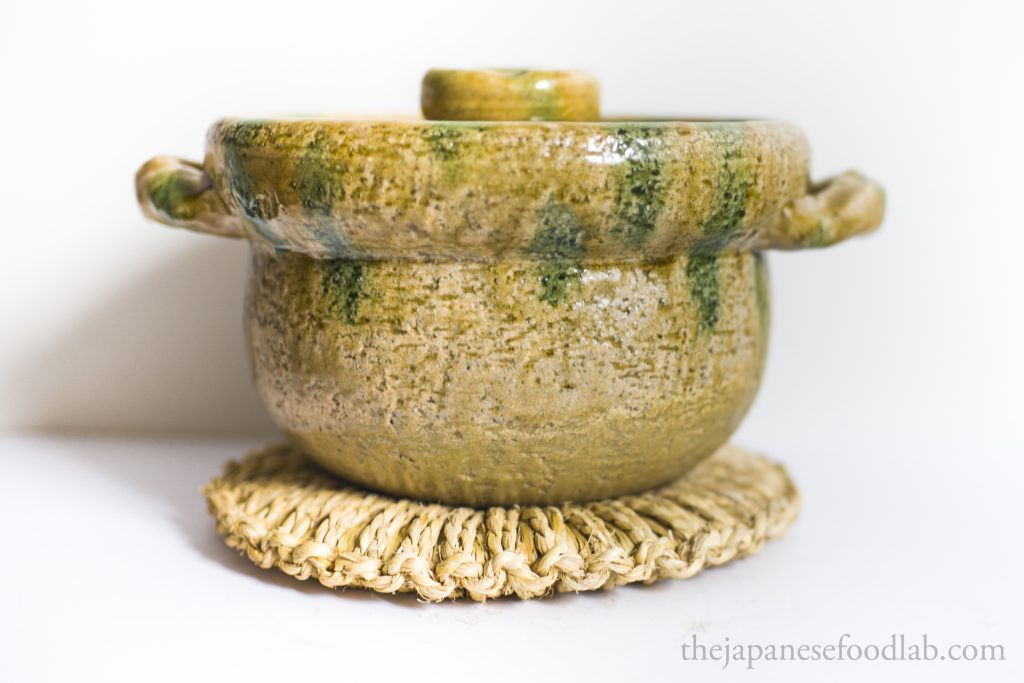
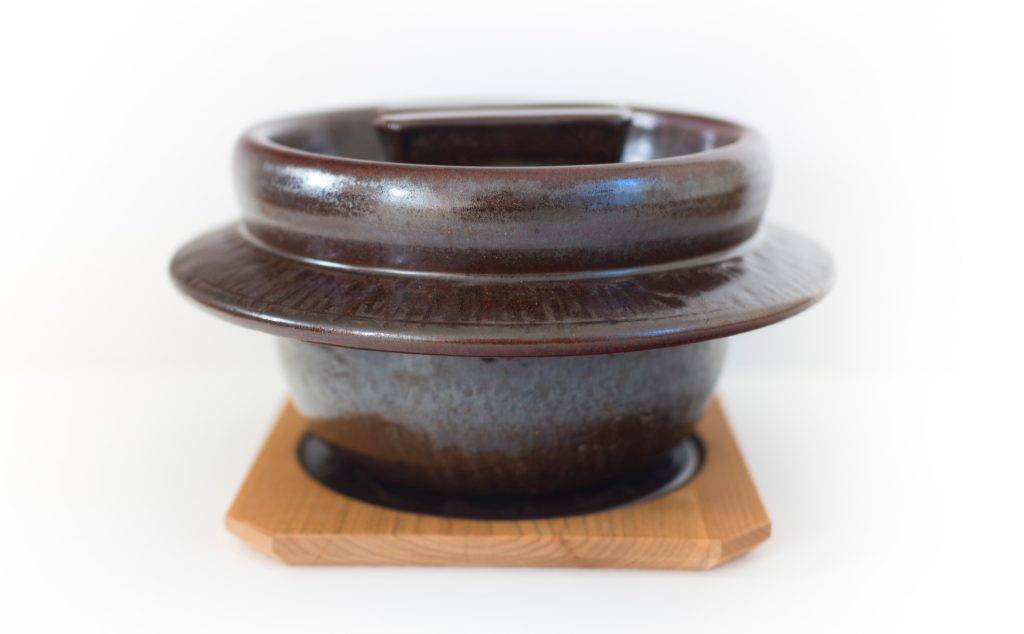
When working in Japan, I always admired our Oyakata’s emphasise on taking time to prepare each and every ingredient. The work was never rushed and if something had to be done quickly, it needed to be done in a calm and controlled manner. When the guest were present in the restaurant, pots and pans needed to be placed down gently and cupboard doors needed to be shut without making too loud a sound. There was always an attention to detail that I’d never seen before in the various kitchens I’ve worked at in Europe. Of course this was a luxury afforded to us given that we only served at most ten guests a night compared to service rush of over a hundred covers.
It sometimes felt however, that the restaurant’s meticulous and attentive temperament towards its food was due to the actual kitchen itself. Our kitchen was quite rudimentary at best, with no modern cooking tools at our disposal. Other than our fridge and freezer, there were no other electrically powered appliances. There was no combi-steam oven, sous-vide machine or paco jet. Instead wasabi and radishes were grated on a copper grater, fish was grilled over charcoal and rice was kept warm in a straw basket.
Take sesame seeds for an example. The seeds were first placed in a fine metal cage and sprayed with sake. We then had to gently shake them over an open flame to slowly toast them, taking them off the fire every so often to let the residual heat continue to toast the seeds. After toasting, the sesame seeds were placed in a suribachi to slowly grind by hand. We could not simply place the seeds in an oven, set a timer and then focus on other tasks. Instead, this long tedious process demanded from us our constant attention for even a slight bit of carelessness would cause the seeds to burn. It was as though by design, the kitchen exhorted us to slow down and observe carefully.
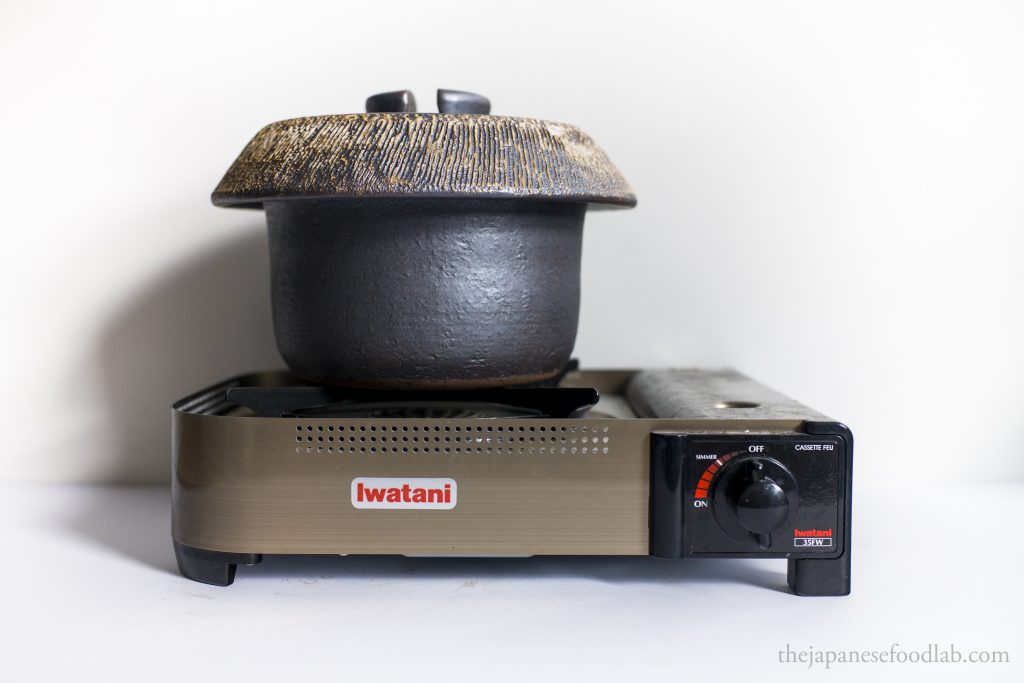
The same went for cooking rice which was done in a traditional clay pot (donabe). Instead of simply pressing start on a rice cooker, the donabe needed to be heated on high heat then immediately turned to low heat once steam started escaping the pot. After cooking, the clay pot was then brought out to the counter where it would rest in front of the guest. The serving was presented with great ceremony, with the lid of the donabe being dramatically opened in front of the guest to reveal perfectly shiny cooked rice behind a cloud of steam. The process of cooking rice was so importantly that only the head waitress of the restaurant was allowed to measure out and cook then rice.
Seeing this ritual being practiced everyday emphasised the care that was given to tasks as mundane as making plain white rice and was what piqued our interest in Japanese donabe. Overtime, we began to collect donabe specifically designed to cook rice from famous makers throughout Japan. Whilst the collection below is by no means exhaustive, we hope that you can one day experience the same joy of eating steaming hot rice cooked in a clay pot.
